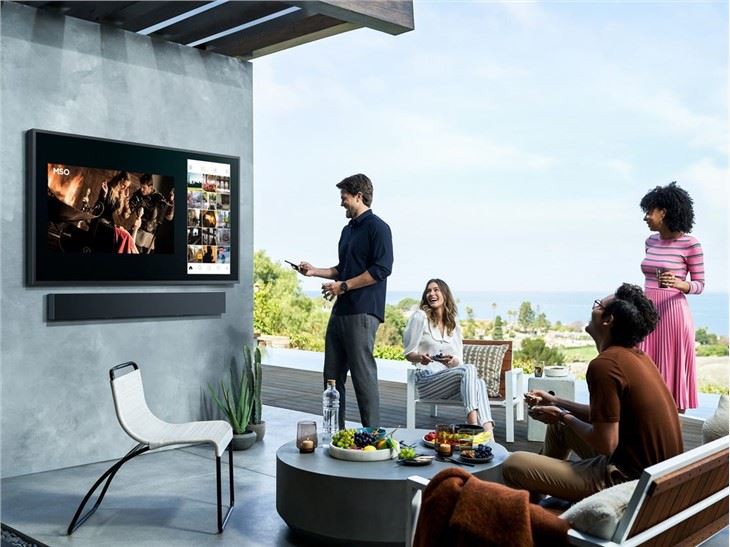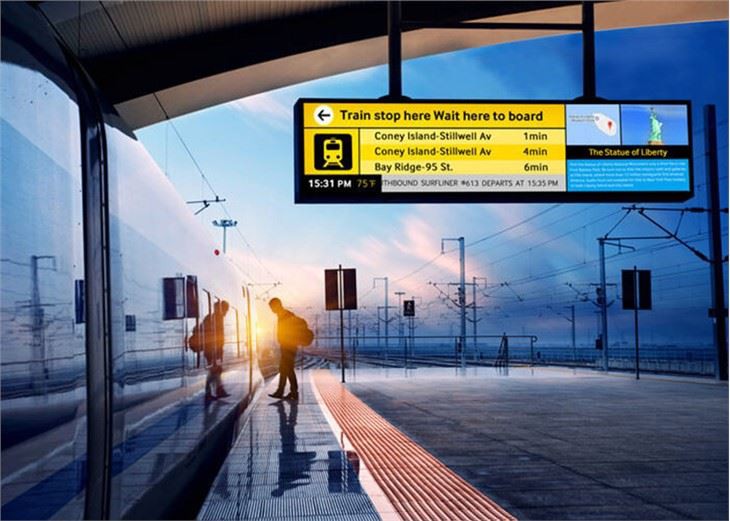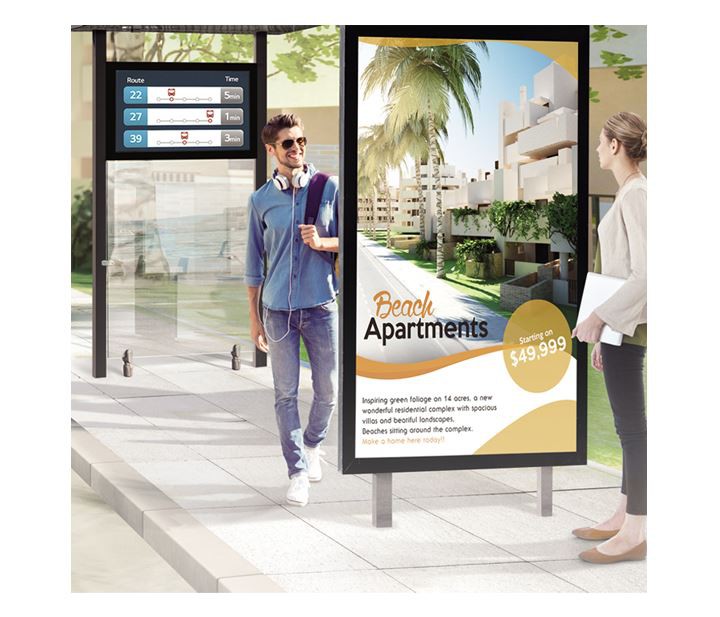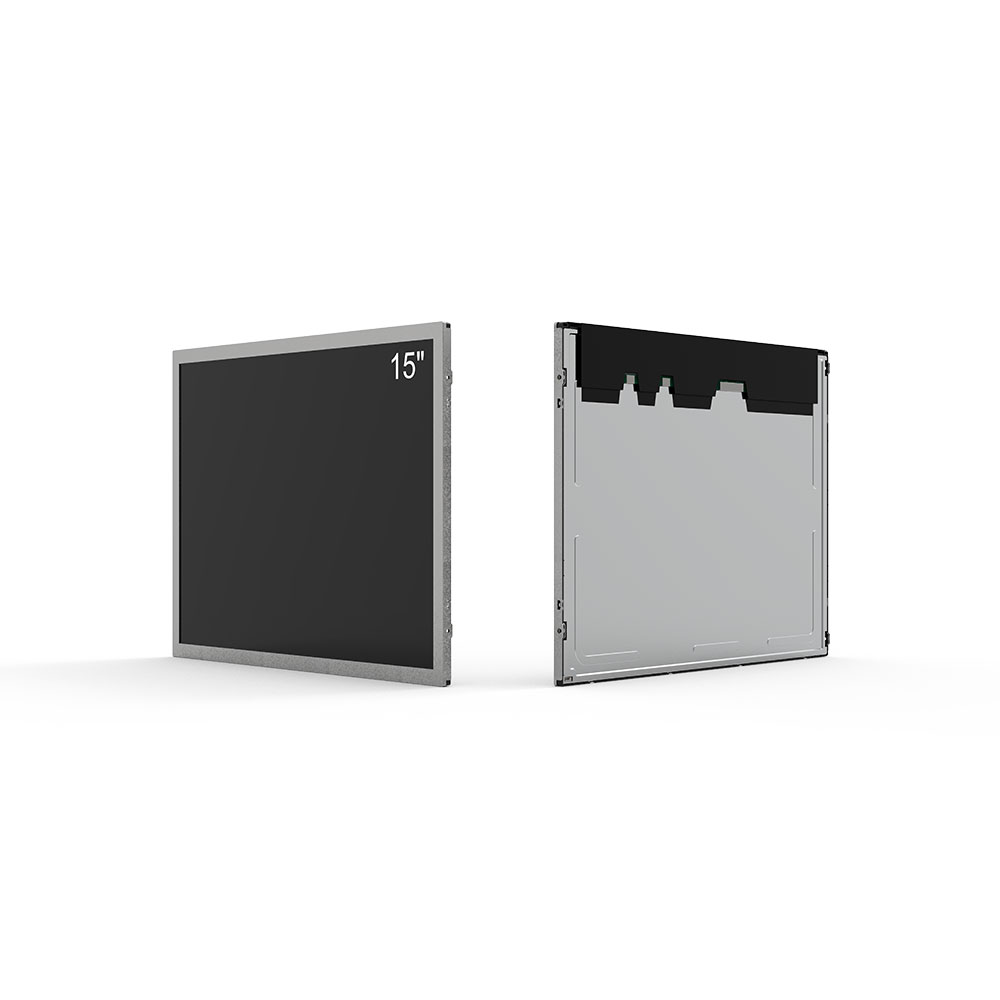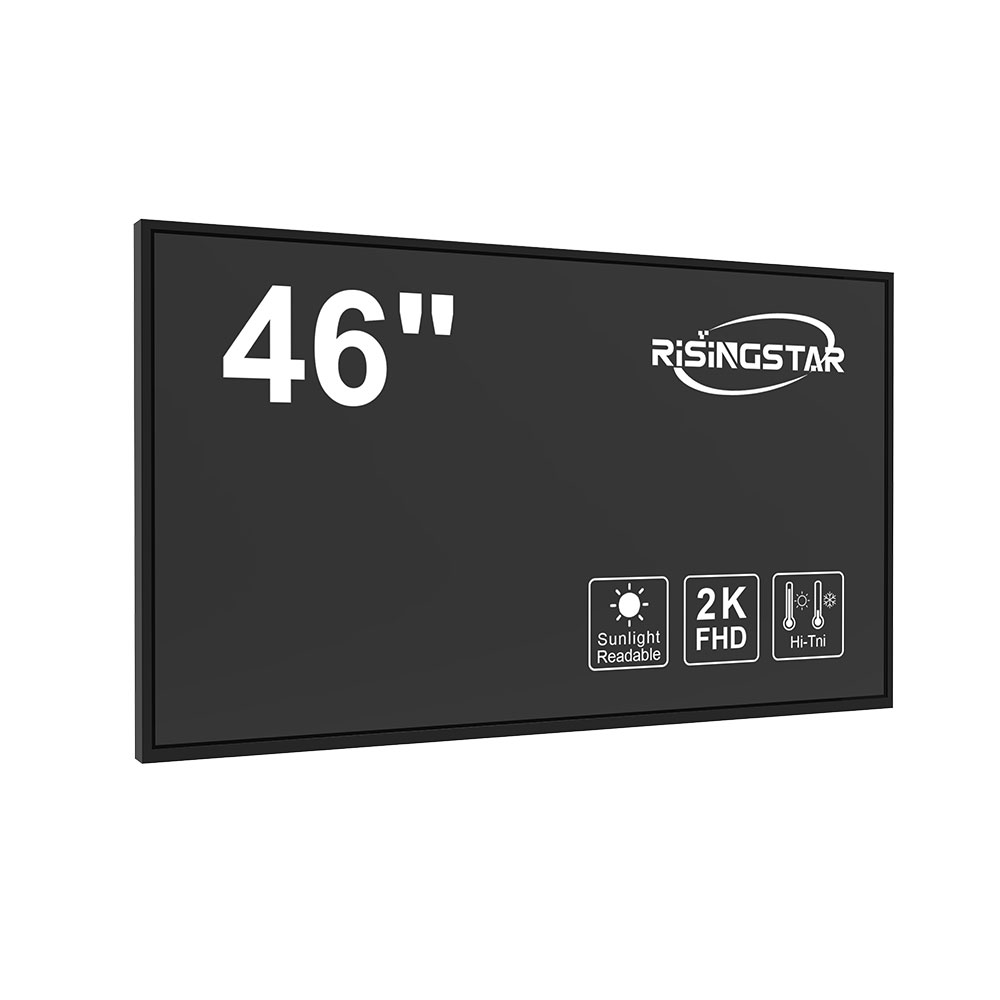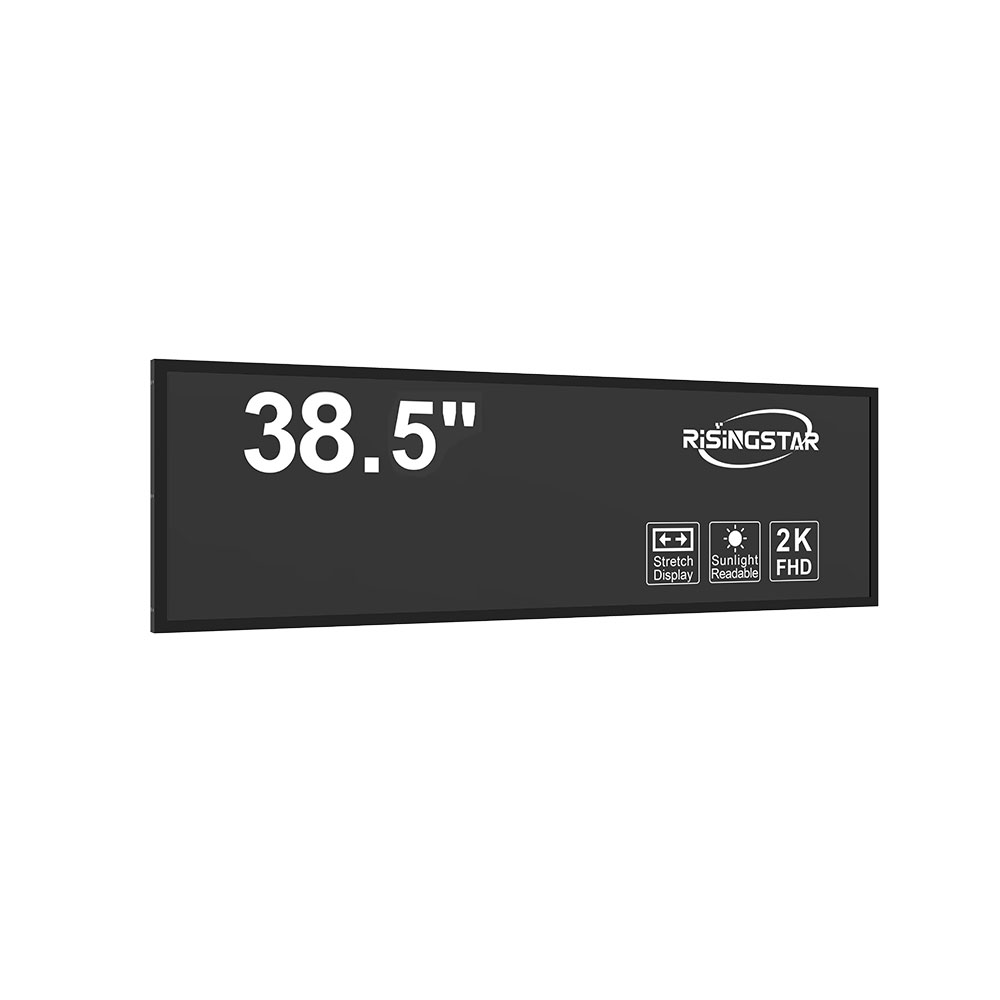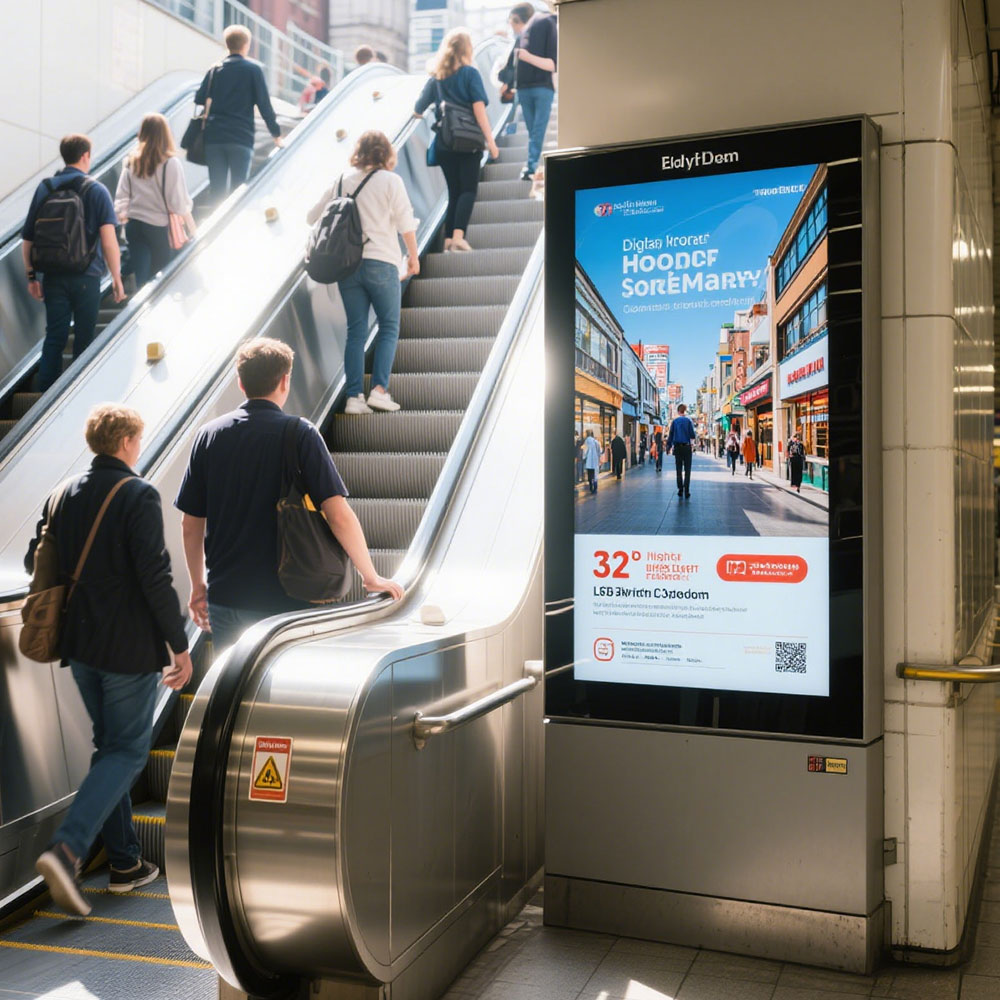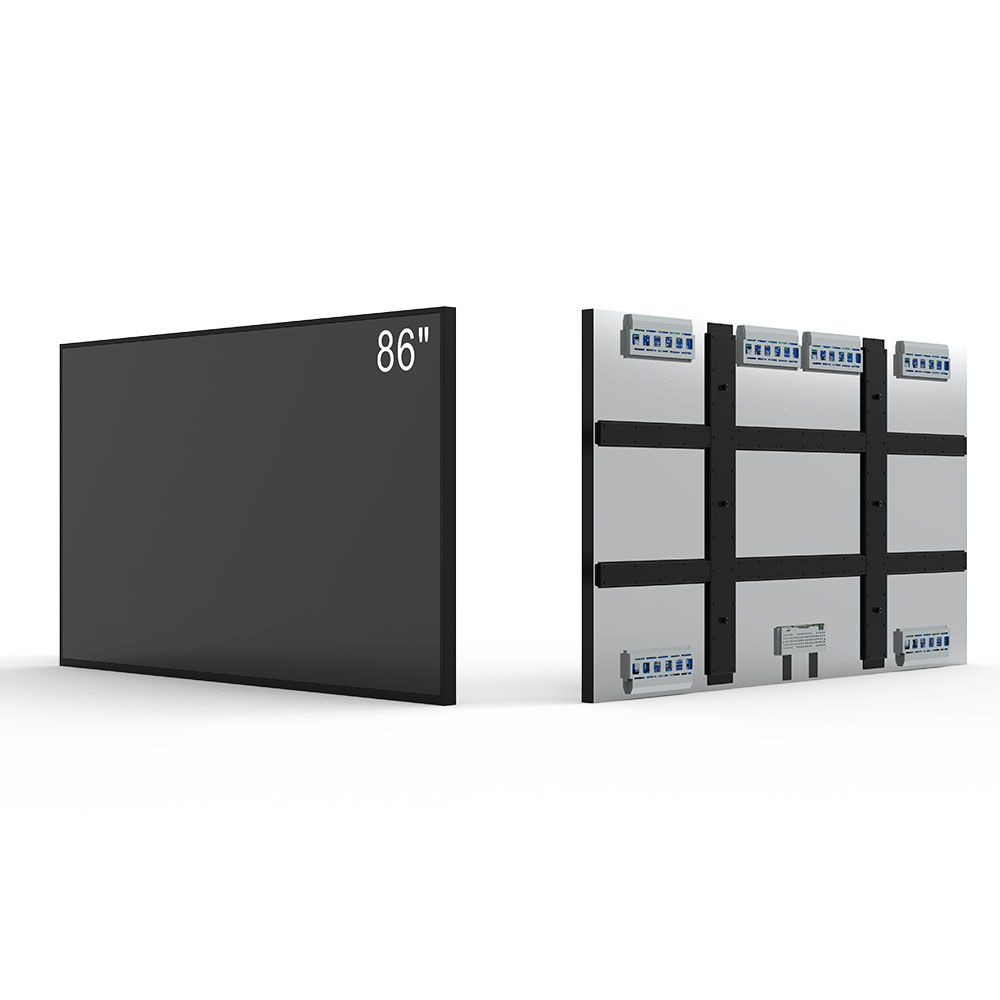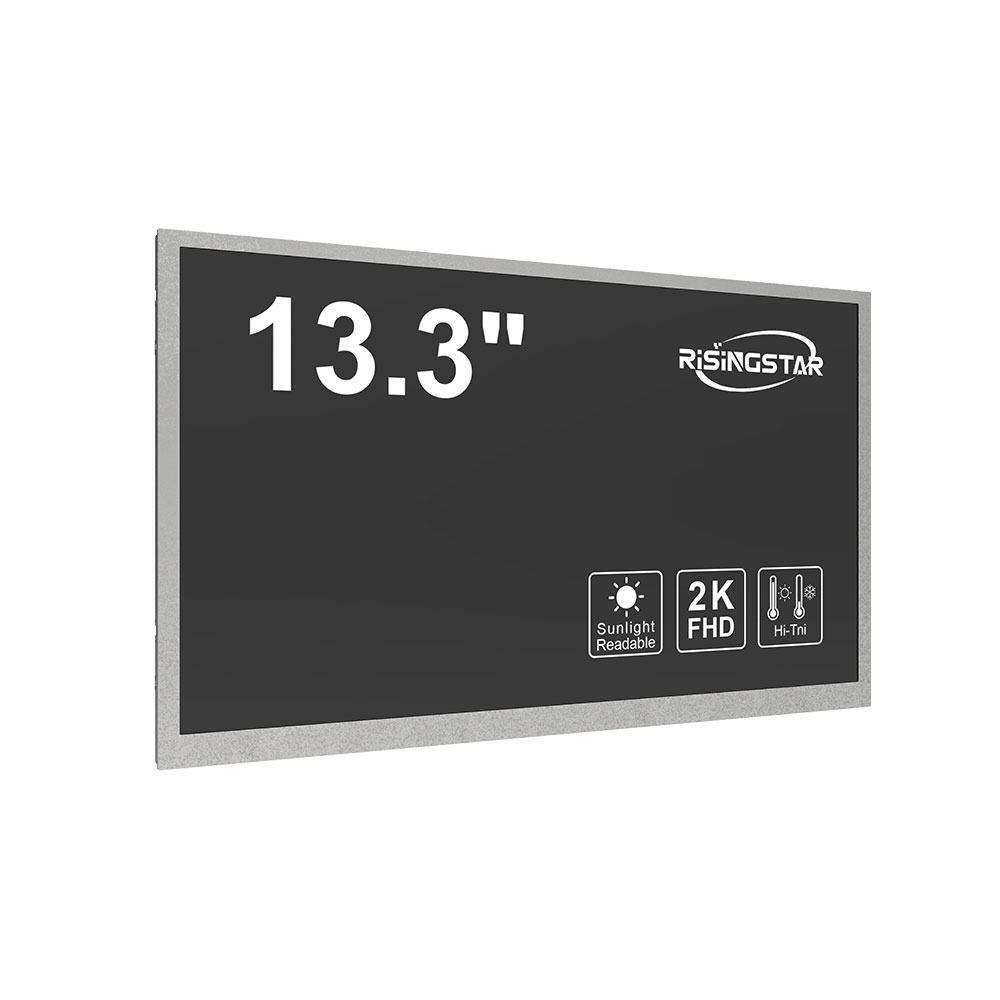Tämän päivän nopeassa kaupunkiympäristössä reaaliaikainen tieto ei ole vain mukavuus, se on välttämätöntä. Kaupunkien tiheydessä ja liikenneverkostojen monimutkaisuudessa tarvitaan selkeitä, luotettavia ja näkyviä matkustajatiedotusnäytöksiä (PIDS) Ei ole koskaan ollut suurempi. Tehokkaimpia teknologioita ratkaista tämän haasteen ovat ulkona korkean kirkkauden LCD-näytöt suunniteltu suorittamaan virheettömästi äärimmäisissä ympäristöolosuhteissa ja samalla tarjotaan teräviä visuaaleja ja dynaamisia sisältöjä miljoonille päivittäisille matkustajille.
Nämä näytöt ovat nyt nykyaikaisten julkisen kauttakulkujärjestelmien selkäranka metroasemilta ja linja-autoterminaaleista lentoasemiin ja juna-alueisiin. Kansainvälisen julkisen liikenteen liiton (UITP) mukaan yli 80 prosenttia maailmanlaajuisista passituslaitoksista on päivittänyt tai on parhaillaan parantamassa PIDS-järjestelmää. korkean kirkkauden LCD-ratkaisuihin vuoteen 2024 mennessä. Pääkuljettajako? Tehokkuuden parantaminen, matkustajien tyytyväisyyden parantaminen ja turvallisuuden lisääminen aikataulujen tarkkojen ja reaaliaikaisten päivitysten avulla, viivästykset, alustan muutokset ja hälytykset.
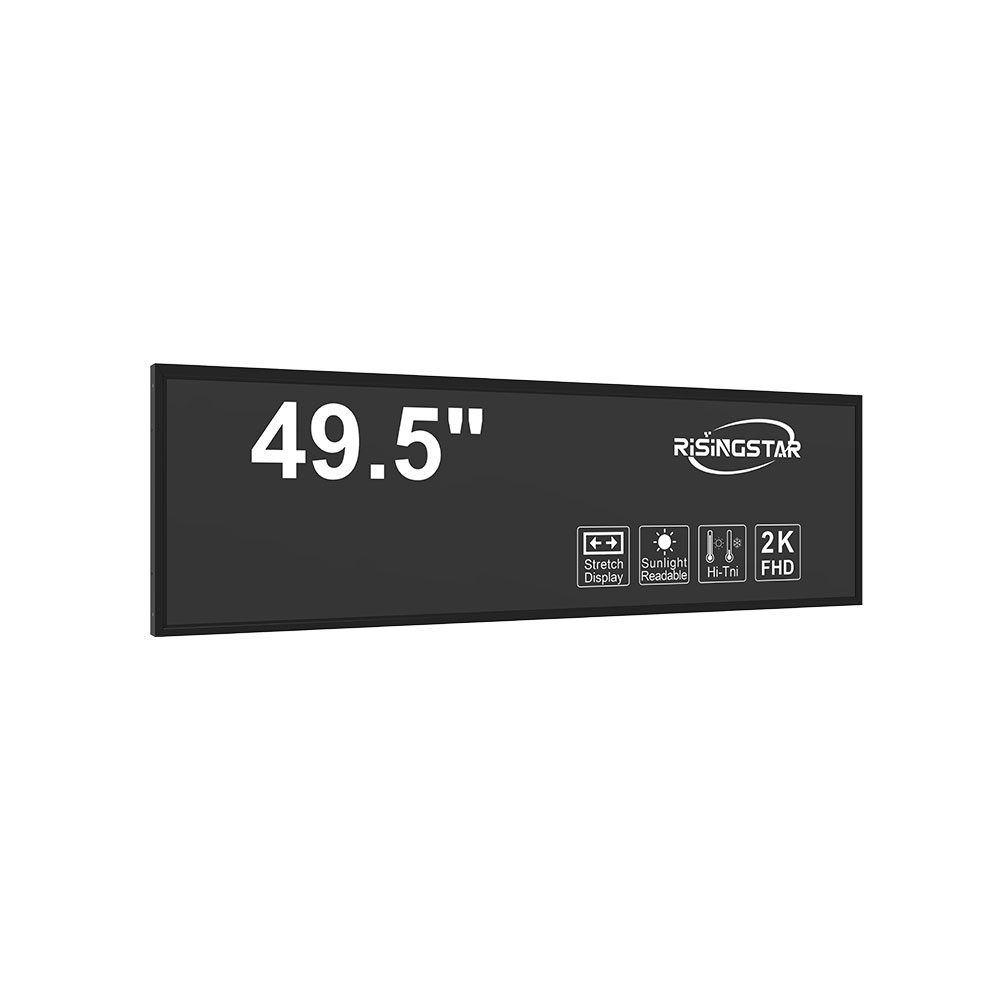
Mikä tekee ulkoilma korkean kirkkauden LCD:t ainutlaatuisen sopivan tähän rooliin? Ensinnäkin: ne ylittävät tavanomaiset sisätilojen näytön kirkkaustasot, jotka ovat tyypillisesti 5 000–10 000 nittia (kandelaa neliömetriä kohti). Tämä alue takaa näkyvyyden jopa suoran auringonvalon alla, kriittinen vaatimus ulkoilma-asennuksille, joissa ympäristön valo voi helposti pestä pois tavanomaiset näytöt. Esimerkiksi tyypillinen sisätilojen LCD toimii noin 300-500 nits, ulkoilman näytön on pysyttävä luettavissa päivänvalon huipputuntien aikana – saavutettavissa vain edistyneillä taustavaloteknologioilla tällaisilla edistyksellisillä taustavaloilla. LED-laitteina, paikalliset himmentymät ja tehokkaat optiset elokuvat.
Toiseksi nämä näytöt on rakennettu kestävyydelle. Ne noudattavat usein IP65:n tai korkeamman sisäänkäynnin suojaamista, eli ne kestävät pölyä, vesisuihkuja, ja äärimmäiset lämpötilat -30°C -60°C. New York City Transit Authorityn ja Singapore Land Transport Authorityn tapaustutkimuksissa, metroasemille asennetut LCD-yhdisteet selvisivät kovista säätapahtumista, kuten taifuonit ja kesällä lämpöaallot ilman suorituskyvyn hajoamista. Näissä yksiköissä on myös hiiltäpäästöjä, UV-kestäviä materiaaleja, ja karkaistut lasi paneelit, jotka minimoivat kulumisen jatkuvasta altistumisesta ympäristön rasittajille.
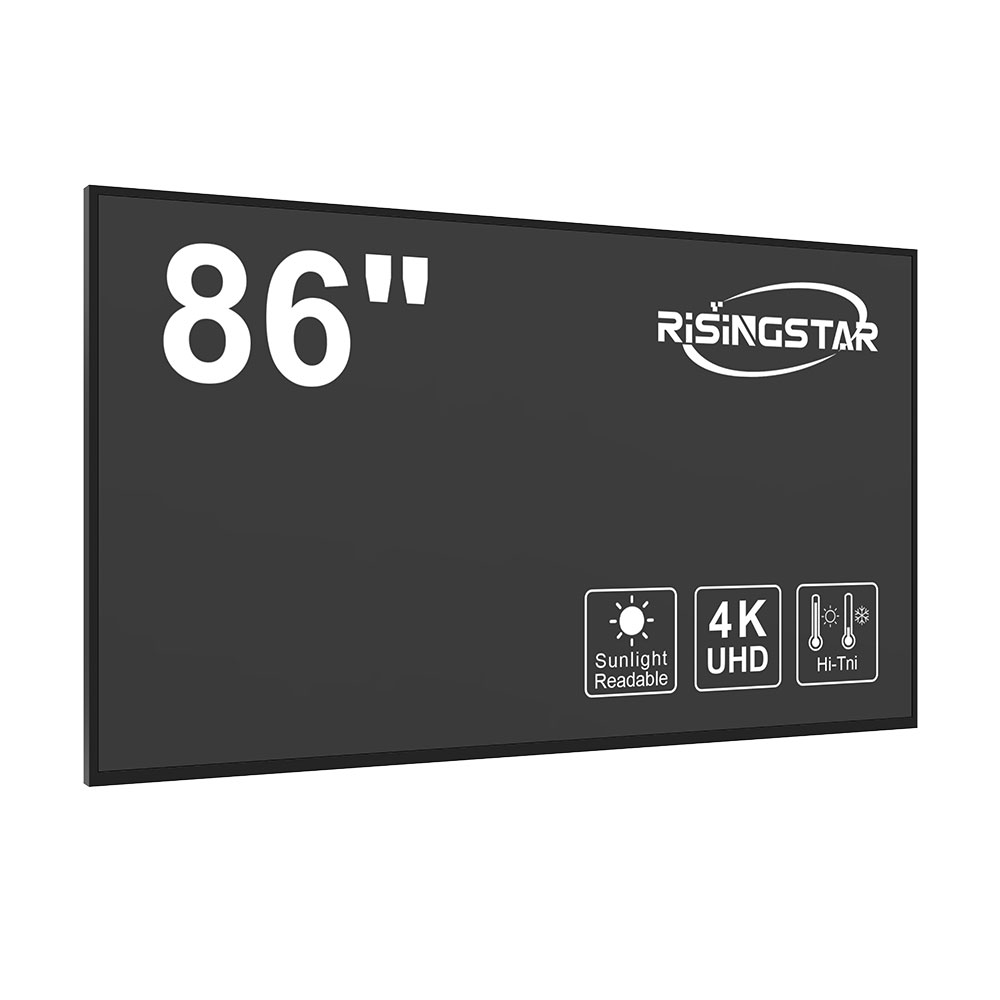
Kolmanneksi yhdentyminen älykkään infrastruktuuriin on saumatonta. Moderni PIDS käyttäen korkean kirkkauden LCD-yhteydet Ethernet, Wi-Fi, tai soluverkkoja keskitetyihin ohjausjärjestelmiin. Tämä mahdollistaa etäsisällön hallinnan, automaattisen aikataulun ja reaaliaikaisen synkronoinnin useiden paikkojen välillä. Esimerkiksi suurten häiriöiden, kuten vuoden 2023 Lontoon metrosignaalin, live-päivitykset työnnettiin välittömästi kaikkiin näytöihin. vähentää matkustajien sekaannusta ja parantaa joukkovirtauksen hallintaa muutamassa minuutissa - tulos mahdotonta staattisen merkki tai vanhempien analogisten järjestelmien kanssa.
Näiden näyttöjen taustalla olevaan teknologiaan sisältyy paitsi laitteiston parannukset myös ohjelmistolähtöinen älykkyys. Monet valmistajat tarjoavat nykyään upotettuja digitaalisia merkkialustoja, jotka tukevat HTML5-, XML-pohjaisia datasyötteitä, ja API:t, jotka ovat yhteensopivia passitushallintajärjestelmien, kuten IBM TRANSIT tai SNCB:n Mobilité-alustan kanssa. Sisältöä voidaan päivittää dynaamisesti elävien tietolähteiden perusteella, kuten linja-autojen tai junien GPS-seuranta, säätiedot, ja sosiaalisen median tunteiden analyysi-analyysi aktivoida proaktiivista viestintää eikä reaktiivista viestintää.
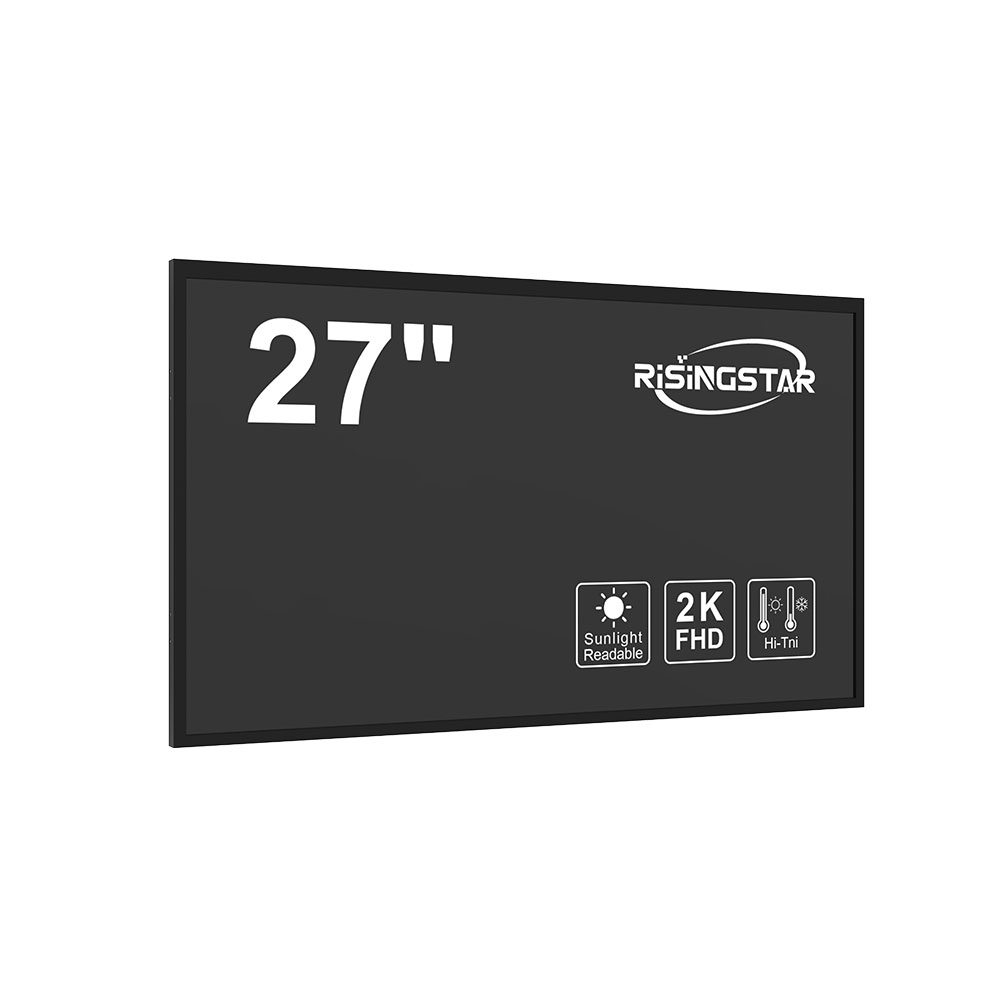
Taloudellisesta näkökulmasta korkean kirkkauden ulkoilman LCD:ien investoiminen kannattaa sekä lyhyen että pitkän aikavälin säästöjä. Journal of Urban Technology -lehdessä julkaistussa 2022 tutkimuksessa todettiin, että täysimittaisia PIDS-päivityksiä toteuttavien kauttakulkuvirastojen 17% aikataulun sekaannusta koskevien asiakaspalvelukyselyjen vähentäminen, merkittäviä työvoimakustannuksia. Lisäksi: Parantunut matkustajavirta vähentää lennolle lentoonpääsyä ja lisää järjestelmää suoraan tulojen kasvua suuremman ratsastuksen avulla.
Tapaustutkimukset vahvistavat vaikutuksen edelleen. Tokion Shinjukun asemalla - maailman vilkkain rautatieasema - korkean kirkkauden LCD korvattu vanhentuneet vuonna 2021. Kuuden kuukauden kuluessa Japanin rautatieryhmän tekemien tutkimusten mukaan keskimääräinen odotusaika laski 22 prosenttia. Vastaavasti Vancouverin SkyTrain-verkossa aurinkoenergiakäyttöisten ulkokäyttöisten LCD-järjestelmän käyttö vähentää energiankulutusta jopa 40 prosenttia verrattuna perinteisiin valaistusjärjestelmiin ja yhdenmukaistaminen kunnan kestävyyttä koskevien tavoitteiden kanssa.
Turvallisuus on toinen keskeinen etu. Toisin kuin perinnölliset järjestelmät, jotka altistavat vahingoittamiseen tai vandalismiin, nykyaikaiset ulkotelot sisältävät suojat, salattuja ohjelmistopäivityksiä ja etädiagnostiikkaa. Joihinkin malleihin sisältyvät kasvojentunnistusvalmiudet turvallisilla alueilla, vaikka yksityisyyden yksityisyys on edelleen ensisijainen noudattaminen GDPR:n ja CCPA:n standardien täytäntöönpanoa varten on pakollista käyttää biometrisiä käyttöönottoja varten a.
Tulevaisuuden kehitys keskittyy tekoälylähtöiseen personointiin, laajennettuun todellisuuspäällysteisiin, ja energiankorjuutekniikat. Esimerkiksi LG Electronicsin ja Siemensin kehittämät prototyypit integroivat aurinkokennot kehykseen, mahdollistaa itseysyrityksen toiminnan aurinkoisessa ilmastossa. Sillä välin... koneoppimisen algoritmit voivat analysoida matkustajien liikkeiden malleja ennustaa optimaalista näytön sijoittamista ja sisällön ajoituksen parantamista käyttöä kokemukset, joita ihmisen toimijat voivat saavuttaa manuaalisesti.
Liikenteen suunnittelijoille, insinööreille ja kaupungin hallinnoijille, Oikean ulkoilma korkea kirkkaus LCD-ratkaisu sisältää enemmän kuin vain kirkkaus specs. Tekijät, kuten huoltovälit, skaalautuvuus, yhteensopivuus olemassa olevan tietotekniikan infrastruktuurin kanssa, elinkaaren kustannukset on arvioitava tarkasti. Teollisuuden vertailuarvojen, kuten laadunhallintastandardin ISO 19011-standardin ja sähkömagneettisen yhteensopivuuden EN 50121-standardin, olisi ohjattava hankintapäätöksiä varmistaa vaatimustenmukaisuus ja yhteentoimivuus.
Loppujen lopuksi... ulkoilma korkean kirkkauden LCD-levyt ovat enemmän kuin pelkkä teknologinen päivitys - ne symboloivat siirtymistä kohti älykkäämpää, turvallisempaa, ja joukkoliikenteen ekosysteemit reagoivat. Oli kyse megakaupungeista kuten Shanghai tai maaseudun kauttakulku solmukohdista Skandinaviassa, Nämä näytöt osoittautuvat välttämättömiksi luodakseen kestäviä liikkuvuusverkkoja, jotka pystyvät vastaamaan huomisen matkustajien vaatimuksiin ..





